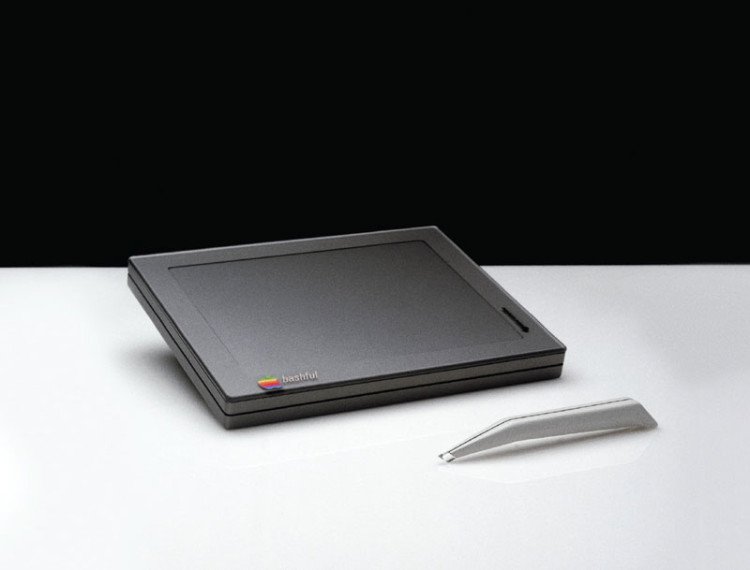

- #Apple color computer 90s upgrade#
- #Apple color computer 90s software#
- #Apple color computer 90s code#
- #Apple color computer 90s Bluetooth#
It is worth noting that these are the specs for the top-end G3/400 DV model, so lower-end variants, like the G3/350, for instance, offered relatively weaker specs for more affordable price tags.īoth the NFT and the iMac are being auctioned by Christie's.
#Apple color computer 90s Bluetooth#
Unfortunately, it only offered up to 10/100 BASE-T Ethernet connectivity with no provision for Wi-Fi or Bluetooth but did come with a Harmon-Kardon-designed sound system. The display is a 15-inch CRT monitor with a 1024 x 768-pixel resolution.
#Apple color computer 90s upgrade#
Other notable tech specs include up to 10GB of ATA hard drive and a slot-loading 4X DVD-ROM drive, which was an upgrade over the tray-loading machines from the previous generation.

#Apple color computer 90s code#
While Berners-Lee sold off an NFT of the first web browser's source code for $5.4 million and donated the proceeds to charity, Dorsey auctioned off an NFT of his first-ever tweet for $2.9 million. The NFT is written to the Ethereum blockchain and is similar in concept to earlier NFT sales by internet pioneer Sir Tim Berners-Lee and Twitter co-founder Jack Dorsey. The edit was a simple message - "Hello World" - written on the Wikipedia homepage after the site went live in January 2001. Related: 15 Most Expensive NFTs Sold (So Far)Īlongside the Strawberry iMac, Wales is also selling an NFT based on his first edit of Wikipedia. Per EveryMac, graphics duties were taken care of by the ATI Rage 128 VR 2D/3D (AGP 2X) GPU with up to 8MB of VRAM. The iMac is powered by a single-core PowerPC 750 processor clocked at between 266 and 400MHz and with barely 64KB of L1 cache and 512KB of backside level 2 cache. While it was cutting-edge back in the day, it is hopelessly inadequate for even the most basic of tasks circa 2021. While the original one only came in Bondi Blue, Apple added many color options in 1999, including Blueberry, Grape, Tangerine, Lime, and Strawberry. It was part of Apple's iMac G3 lineup that was initially released in 1998 and continued to be sold until 2001 with updated hardware and design. Companies like these don't make smartphones anymore despite their massive budgets - if their own staff won't use them, how do they expect people to keep buying them.The strawberry iMac that Wales used to create Wikipedia is a far cry from the ultra-powerful modern iMacs in terms of tech specs. Microsoft), yet the staff kept using iPhones. The A-series is the most obvious of this, with the expectation of switching away from Intel as performance gains continue to flow.Įven in recent history: Look at all the companies that were making smartphones (e.g. While Apple doesn't sell cheap hardware, what they do sell is dollar-for-dollar competitive and they are making serious efforts to take control of their supply chain and owning the technologies which their devices depend upon. Since then Apple has had a major re-focus on the end user experience of their devices and services - this helped the company significantly, and it's something Jobs was notoriously demanding about. Apple had relatively little control over many of these factors, and certainly having most of their IP near-duplicated by Microsoft was a huge blow to the company's value proposition.

#Apple color computer 90s software#
Crashes were frequent, the default configurations were underpowered for the software of the day and the products were far more expensive than very similar competition. AKA "Eating your own dog food."Īnyone with a long enough memory will recall that the Macintosh "Macintrash" lineup from the mid 90s was vast and garbage. I think the difference between Apple then and Apple now (and this problem was shared by many failed companies/services) – these were all companies that weren't actually using their typical hardware and software in their day to day tasks.


 0 kommentar(er)
0 kommentar(er)
